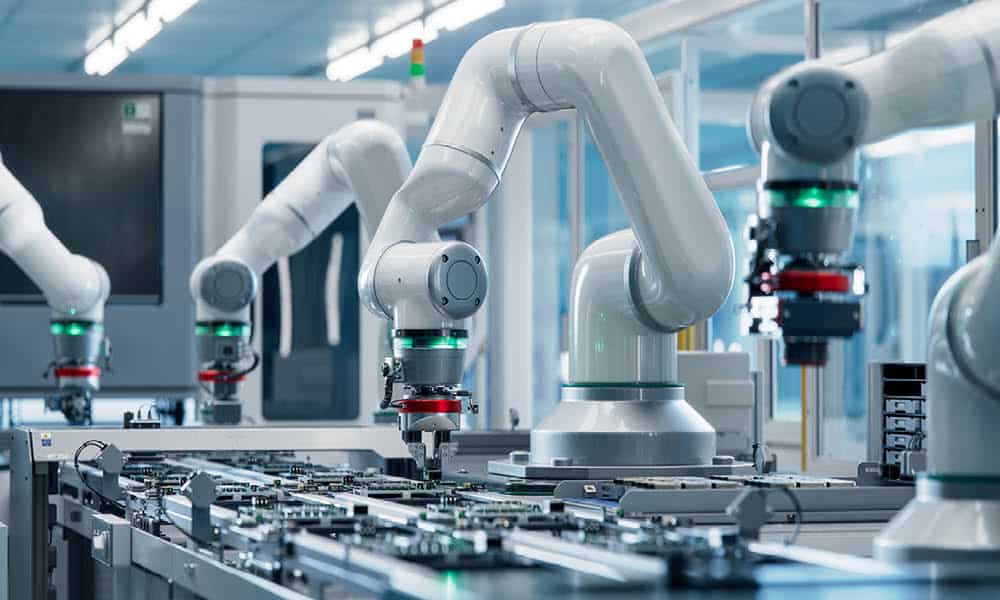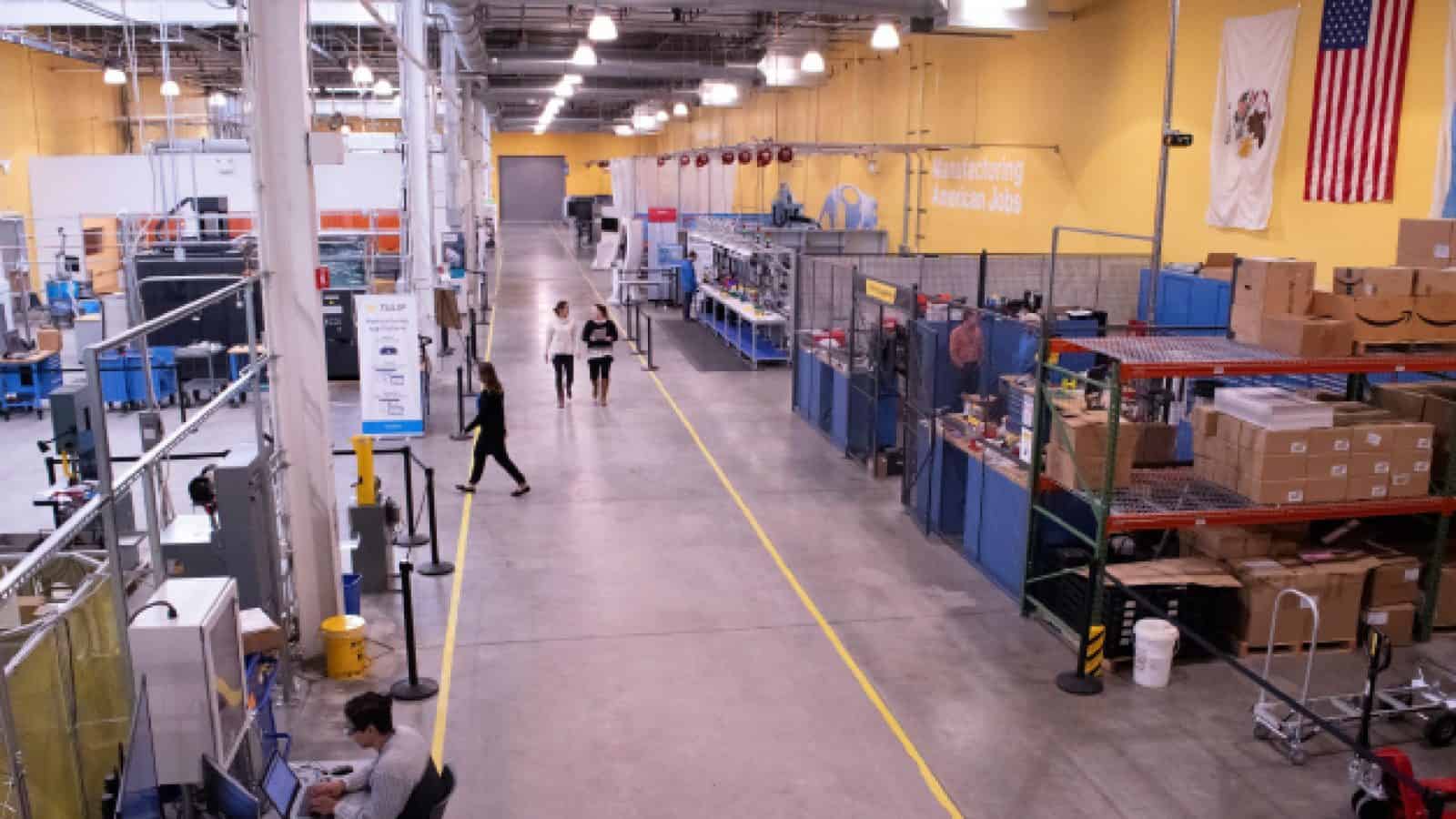Unlocking Manufacturing Excellence with Digital Twins

Manufacturing leaders can leverage digital twin technology to drive operational transformation while ensuring sustainable, long-term value creation.

TAKEAWAYS:
● Manufacturing organizations must develop comprehensive data governance frameworks before implementing digital twins to ensure long-term success.
● Successful digital twin initiatives require cross-functional collaboration and clear stakeholder alignment across all organizational levels.
● Leaders should prioritize cultural transformation and workforce development alongside technical implementation to maximize digital twin value.
Manufacturing stands at a pivotal moment of transformation. As Industry 4.0 technologies mature, digital twins emerge as a cornerstone of operational excellence, bridging the gap between physical assets and digital intelligence. Yet, successful implementation demands more than technological capability — it requires a comprehensive strategy encompassing organizational readiness, data capabilities, and workforce development.
Building the Foundation
Digital twin success begins well before implementation. Manufacturing leaders must first assess their organization’s digital maturity and readiness for this transformative technology. This assessment should evaluate current capabilities, identify gaps, and create a roadmap aligned with broader business objectives.
A robust data strategy forms the cornerstone of this foundation. Without it, organizations risk several critical pitfalls:
- Data Quality Challenges: Incomplete or inconsistent data can lead to unreliable simulations and eroded stakeholder trust.
- Integration Complexities: Manufacturing environments often combine legacy systems with modern equipment, requiring careful integration strategies.
- Performance Issues: Without reliable, real-time data, insights may lack timeliness and relevance.
- Resource Inefficiencies: Poor data management often requires costly retroactive cleanup and standardization.
The Human Element
Technology adoption success relies heavily on cultural transformation. Leaders must recognize that implementing digital twins affects roles across the organization, from operations to maintenance and quality control. Clear communication about how these changes improve daily work and contribute to business success proves essential for adoption.
Cross-functional collaboration becomes particularly crucial. IT and operations teams must work closely to ensure accurate data capture and integration. Similarly, input from frontline workers who operate equipment daily can provide invaluable insights that enhance digital twin accuracy and utility.
Implementation Strategy
For mid-market manufacturers, successful implementation often starts with simplifying data integration. This might involve:
- Utilizing middleware solutions designed specifically for manufacturing environments
- Implementing basic but effective security measures
- Establishing regular calibration and update schedules
- Appointing digital twin champions to oversee integration and maintenance
The key lies in starting small while maintaining accuracy. Unlike other digital initiatives where “quick and dirty” prototypes might suffice, digital twins require precision from the outset to deliver value.
Stakeholder Alignment
Digital twin initiatives affect multiple organizational functions and stakeholders. Success requires clear value propositions for each group and effective communication channels. Beyond traditional meetings, organizations benefit from hosting workshops, particularly those focused on innovation, to align stakeholders around a shared vision. These sessions typically introduce participants to methodologies like design thinking while providing structured environments to identify solutions to pressing challenges.
Cross-functional workshops serve multiple purposes:
- Surfacing technical opportunities and cultural barriers
- Revealing differing priorities and potential resistance points
- Creating opportunities for greater departmental synergy
- Building shared ownership of the transformation process
Organizations should ensure these collaborative sessions translate into tangible outcomes through post-workshop initiatives such as pilot projects and regular follow-up meetings.
Future Considerations
The evolution of digital twin technology continues to accelerate. Integration with artificial intelligence promises enhanced predictive capabilities, while extended reality visualization could transform how teams interact with digital twins. Blockchain technology may soon ensure data integrity across complex supply chain networks.
To prepare for these advances, manufacturing leaders should focus on:
- Building cross-functional teams bridging operational and information technology
- Developing clear governance frameworks for data sharing
- Creating scalable architectures accommodating emerging technologies
- Establishing strategic technology partnerships
Digital twins represent more than a technological advancement — they offer a pathway to reimagining manufacturing excellence. As organizations embrace this journey, success depends on fostering a culture of continuous learning and adaptation. M
About the Author:

Jason Hehman is the Industry 4.0 Vertical Lead and Host of The Modern Industrialist podcast at TXI.
